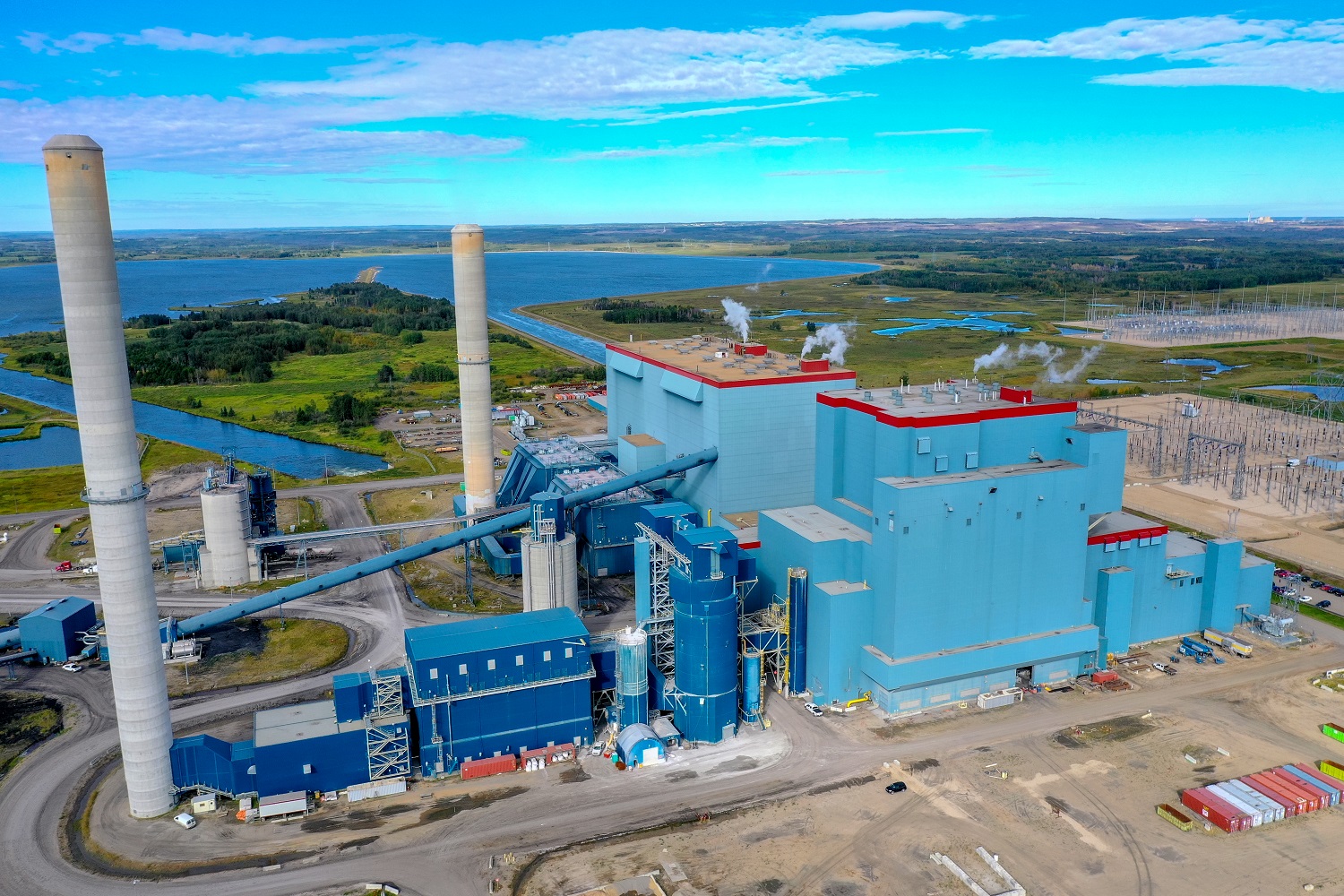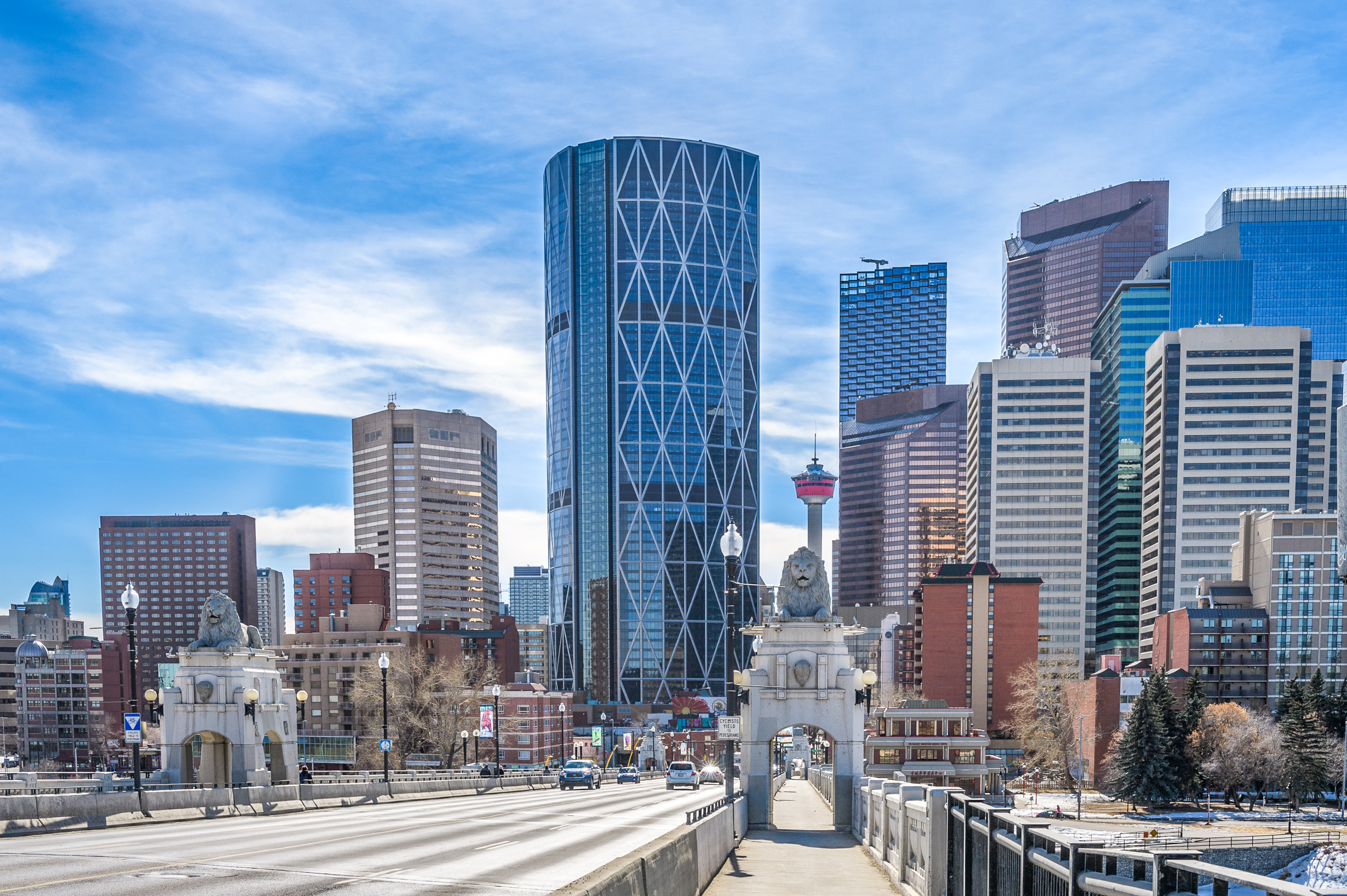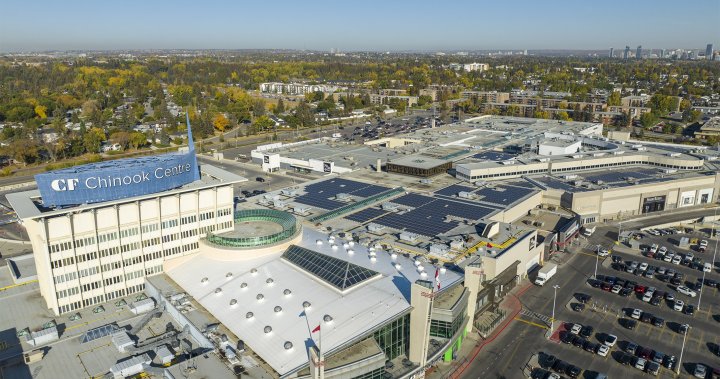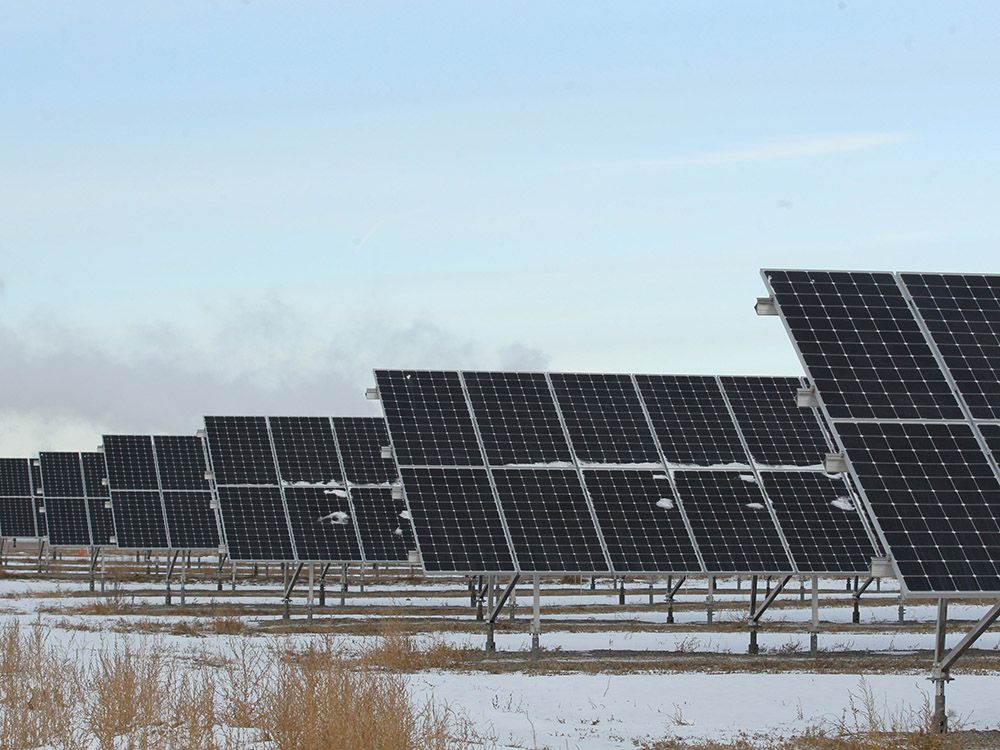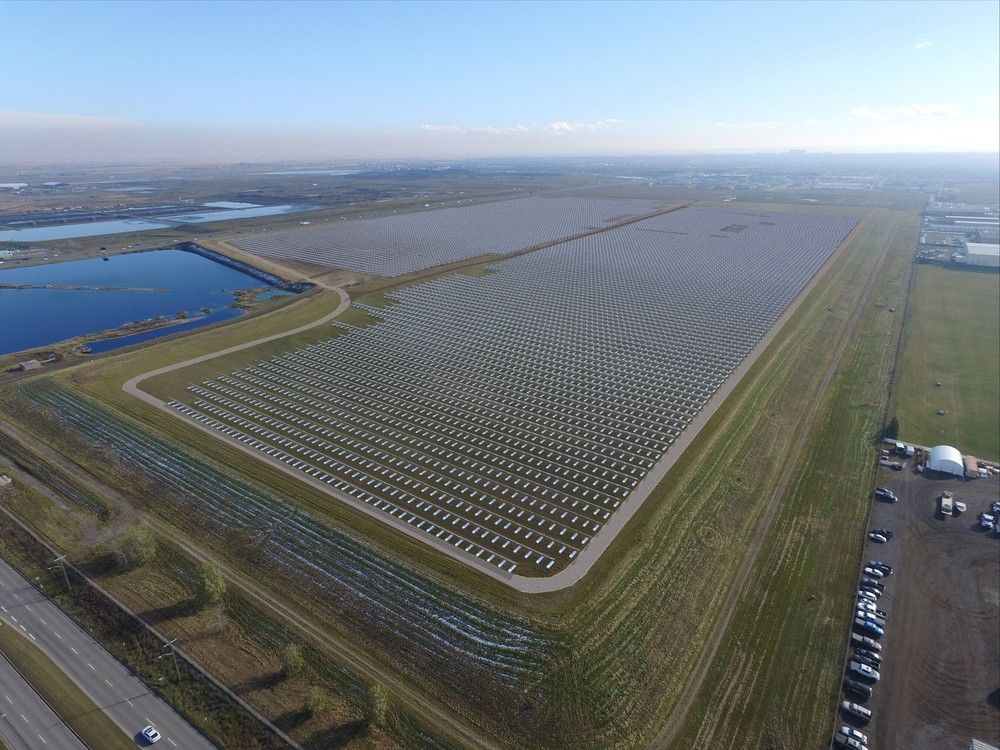darwink
Senior Member
Why not? If a huge amount of storage is avoided, that is a cost savings. Load shedding isn’t solely a cost avoidance — those shedding can be compensated as well.Load shedding isn’t that feasible for consecutive days as few large industrial consumers would be willing to reduce consumption for long periods.
Complex strategies can make sense - an electrified industrial process could revert back to its backup boiler when the spread made sense. Heck, I know of huge industrial plants that currently have the same so they can shut off their co-gen when electricity prices are too low. Different version of the same thing.





